How neon lamps work and how to choose the best option for home
The creation of color effects in lighting systems has become possible when using light sources such as neon lamps, which are gas-discharge and can be filled not only with neon, but also with other gases.
They are actively used by designers, advertisers and designers, in addition, they are appreciated by lighting specialists for their reliability and long service life.
In this material we will understand the structural features of neon light sources, talk about their advantages and disadvantages, as well as how to decorate the interior with their help.
The content of the article:
Design and principle of operation
Externally, the lamp resembles an ordinary fluorescent device - This is a glass tube, but not filled with argon with a drop of mercury, but with neon or other inert gas. The choice of gas affects the color of the glow, and the process of pumping it into the tube occurs at low pressure.
The shape of the tube is the most convenient design, operating according to the following scheme. From two sides, electrodes are connected, to which voltage is then applied. Under the influence of voltage, the gas atoms part with the minus electrodes and acquire a positive charge.
Positively charged atoms move to the minus pole-electrode, and negatively charged electrons to the plus. Charged gas atoms and electrons separated from them are called plasma, and they form the electric circuit of a neon tube.
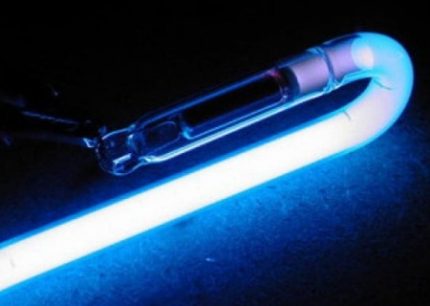
If you look closely at different types of neon bulbs, you can see the difference: some of them have an even, quiet glow, others shine as brightly as possible. In the second case, together with an inert gas, mercury vapor is placed inside the tube. Under the influence of electric current, they begin to emit ultraviolet light - hence the unusual, "magical" lighting.
Inert gas lamps work equally well on AC and DC. However, the second option will look inferior, since the area of illumination will concentrate around one electrode. For this reason, it is AC that is used to connect the devices, while the voltage value must be large - up to 15,000 V.
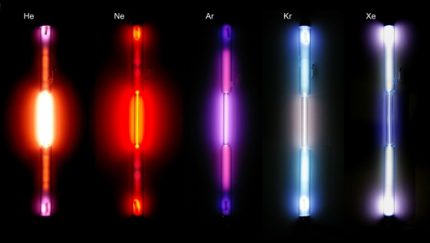
To increase the standard voltage to the required value, a transformer is used. It has been experimentally verified that a voltage of less than 1000 V does not cause a discharge inside the tube, therefore, it will not glow.
A mandatory stage in the manufacture of neon lights is a lengthy test. For this device, connect to a voltage of 12 or more hours, after which shortcomings are identified. During this period, mercury vapor is mixed with the gas and evenly distributed inside the tube, and the voltage stabilizes.
Color variety of gas lamps
The color range of neon devices is really large. Shades also depend on the selected gas, on the composition of the substance deposited on the glass and on the gas additive to the noble filling of the tube. They can change the intensity from the instability of the current strength. Electrons of inert gas atoms during separation release energy, which determines the length of the light wave, and therefore the color.

If you use pure inert gases in the tubes, they will give out the following colors:
- helium - pink;
- krypton is green;
- argon - lilac or blue.
You can get other colors. To do this, mix various gases, change their proportions, apply phosphors from the inside to the glass. For example, using krypton as the phosphor coated tubes, a wide range of yellow shades can be obtained.
Density and frequency of electric current can also affect color change. If you take a neon lamp as an example, then when the current density decreases, the glow will turn orange, and when it increases, it will go into the blue segment of the glow spectrum.
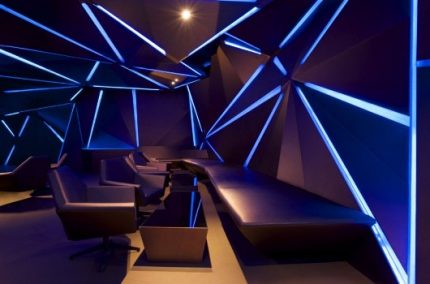
So that the effect of ultraviolet lamps is present in gas discharge devices, they are filled with xenon or krypton. Sometimes they use mixtures of various proportions and a mix with argon.
There is an article on our site where we talked in detail about ultraviolet lamps for home use. Read more - read Further.
Advantages and disadvantages of fixtures
Gas discharge lamps quickly occupied their niche and are not going to leave it thanks to positive qualities. Pros relate to both the abundance of applications and the technical characteristics of devices. If we analyze all the parties from the point of view of users and specialists, we can distinguish the following advantageous qualities.
And now let's turn to the shortcomings that are also present and make us refuse gas discharge lamps, for example, in everyday life.
Here are some of them:
- the power of neon devices is much lower than that of similar LED devices - 10 W / m;
- the fragility of the tube material is glass; if you break one lamp, the whole circuit goes out;
- it is necessary to constantly monitor that a gas harmful to health, if it is part of the filler, does not come out; special disposal is intended for lamps;
- installation requires special accuracy and knowledge, it is possible to incorrectly dock the circuit elements or accidentally break the glass.
And most importantly - color lighting is more of a decorative nature, and is not the basis of the lighting system. It is good for highlighting individual zones or creating attractive compositions, but is inappropriate in places of a “working” plan - in offices, in the kitchen, in the workshop, in the nursery.
The use of neon light sources
It is a mistake to consider that neon devices are only elements of decorative design and advertising signs. In fact, they have been used for over a century, and in a variety of areas.
For example, before the advent of LEDs, it was neon light sources that were used as indicators of the voltage of a standard 220 V network.
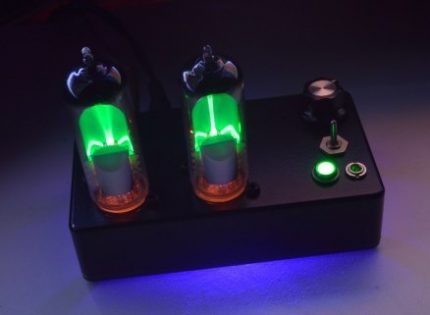
Large lamps are equipped standard sockets E14 and E27 and are designed for cartridges, which are used in everyday life. So that the device can shine and work from a 220 V network, a resistor is built into the case.
In the last century, similar lamps were used as nightlights, but were sold together with lamps. Now production in Russia is covered, but the Chinese continue to produce similar products.
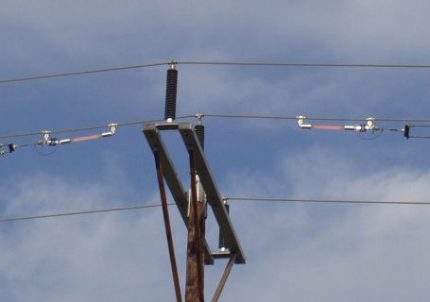
A few more areas of application of neon devices:
- the release of sample probes to detect alternating voltage in phase;
- use in a stroboscope;
- as a threshold or active element in generating devices;
- as a protective element in telephone networks.
The use familiar to modern man is the advertising industry. The streets of megacities shimmer with all the colors of the rainbow, letters, logos, contours, lights and other eye-catching elements of advertising are made of glass tubes with bright glow.
An excellent example of the use of neon lighting is the American Las Vegas and other places related to the entertainment industry. Colored lights strewn nightclubs, casinos, theaters, cafes and hotels.
Interior Design Tips
In living quarters, neon lights are rarely and reluctantly used. Perhaps this is due to the inappropriateness of multi-colored lighting in small-sized apartments, which are still the basis of the residential sector of cities, especially provincial ones.
However, in cottages and apartments of a new layout with high ceilings, neon lights are increasingly used.

The recommendations of designers and decorators may be of interest to anyone who wants to change the atmosphere, refresh the interior, make repairs or just experiment with neon lighting. To do this, you need to purchase lamps of a suitable size, choose the installation location correctly and install using additional equipment (for example, a controller or transformer).
There are many options for using neon in an apartment, a private house or even in an office; we will consider only a few of them.
Color lighting is an excellent tool to get rid of the stereotypical approach to interior design. Ordinary furniture shades of blue, lilac or green seem more expressive and stylish. But in all respects the rule of measure and propriety must be observed.
To expand your horizons and get acquainted with different types of discharge lamps closer, videos with reviews and reports will help.
Conclusions and useful video on the topic
A variety of assortment of lamps on the market:
The process of manufacturing gas-filled lamps:
Installing the cord in a car:
Amazing package from China:
Checking the characteristics of the neon cord:
Neon lamps can turn a boring street into a holiday booth, and make the familiar atmosphere of an apartment mysterious and stylish. However, before choosing a device, be sure to think about an alternative option for backlighting - LED strips, which are now recognized as the most economical, efficient and reliable.
Perhaps you already use neon in the interior of your home? Please share photos of your interiors with neon lights, tell us if you are satisfied with your own choice? Write your comments in the block under the article.

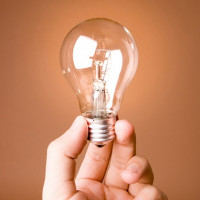 Incandescent lamps: types, specifications, how to choose the right
Incandescent lamps: types, specifications, how to choose the right 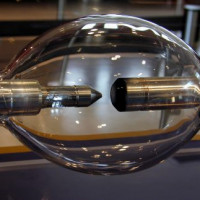 Gas discharge lamps: types, device, how to choose the best
Gas discharge lamps: types, device, how to choose the best 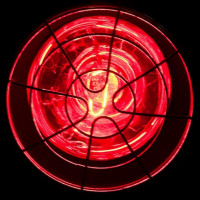 Household infrared lamps: how to choose an IR bulb + a review of the best manufacturers
Household infrared lamps: how to choose an IR bulb + a review of the best manufacturers 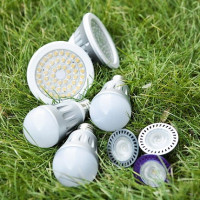 LED lamps for the home: which diode bulbs are better, LED lamp manufacturers overview
LED lamps for the home: which diode bulbs are better, LED lamp manufacturers overview 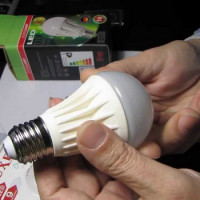 Which LED lamps are better to choose: types, characteristics, choice + best models
Which LED lamps are better to choose: types, characteristics, choice + best models 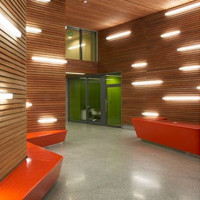 T8 LED lamps: characteristics, comparison with fluorescent + best manufacturers
T8 LED lamps: characteristics, comparison with fluorescent + best manufacturers  How much does it cost to connect gas to a private house: the price of organizing gas supply
How much does it cost to connect gas to a private house: the price of organizing gas supply  The best washing machines with dryer: model rating and customer tips
The best washing machines with dryer: model rating and customer tips  What is the color temperature of light and the nuances of choosing the temperature of the lamps to suit your needs
What is the color temperature of light and the nuances of choosing the temperature of the lamps to suit your needs  Replacement of a geyser in an apartment: replacement paperwork + basic norms and requirements
Replacement of a geyser in an apartment: replacement paperwork + basic norms and requirements
I see no reason to install such lamps at home. Only for beauty and decor? But a lot of flaws. Incorrect installation, careless handling can lead to poor health. It is beautiful only on the city streets, a great riot of colors and luminous lights. If gas suddenly comes out of one light bulb, it will immediately disappear, but not at home in a confined space.
Just beauty and decor - this is very important, only in their apartment or in a private house almost no one uses neon lamps, but for establishments and outdoor signs it is an excellent solution.
I don’t argue that such lighting will look beautiful in the bedroom, for example, but considering that a leak of harmful gas is possible, such an unsafe neighborhood is not worth it! If you need multi-colored lighting, it is better to mount LEDs, now tape options are sold, which come with a wide variety of colors.
I agree that neon lamps are a solution for outdoor lighting. For rooms it is better to use LED strips, they are safer.
A very beautiful and cool thing in the house, I think. Immediately +100500 to the coziness in the apartment, such a situation the lamp immediately becomes) Neon was banned on cars, I’m glad that you can still buy a neon lamp at home. To be honest, I honestly didn’t even know that they were for sale. I went to Google, I’ll pick it up for myself, I’ll make a surprise for my wife at the same time.